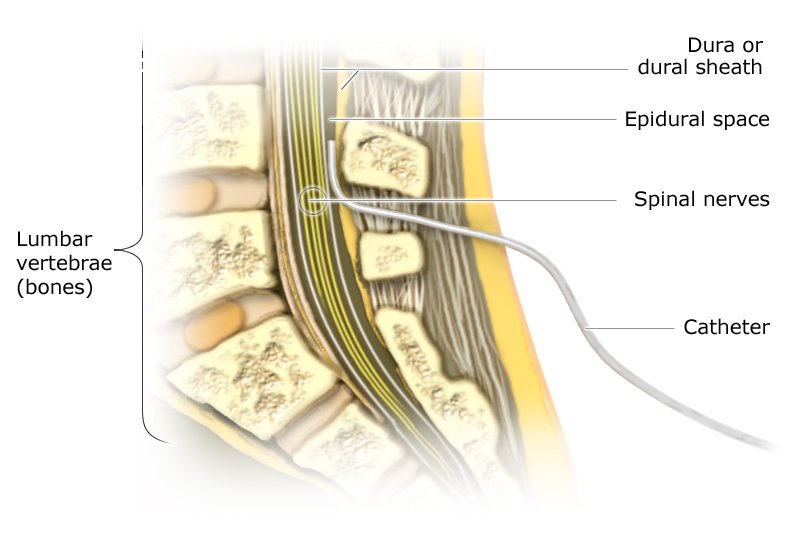Deutsche Interdisziplinäre Vereinigung für Schmerztherapie (DIVS). Behandlung akuter perioperativer und posttraumatischer Schmerzen (S3-Leitlinie, in Überarbeitung). AWMF-Registernr.: 001-025. 2021.
Liu SS, Wu CL. The effect of analgesic technique on postoperative patient-reported outcomes including analgesia: a systematic review. Anesth Analg 2007; 105(3): 789-808.
Marret E, Kurdi O, Zufferey P et al. Effects of nonsteroidal antiinflammatory drugs on patient-controlled analgesia morphine side effects: meta-analysis of randomized controlled trials. Anesthesiology 2005; 102(6): 1249-1260.
McNicol ED, Ferguson MC, Hudcova J. Patient controlled opioid analgesia versus non-patient controlled opioid analgesia for postoperative pain. Cochrane Database Syst Rev 2015; (6): CD003348.
Meißner W, Komann M, Erlenwein J et al. Qualität postoperativer Schmerztherapie in deutschen Krankenhäusern. Dtsch Artzebl Int 2017; 114(10): 161-167.
Wheeler M, Oderda GM, Ashburn MA et al. Adverse events associated with postoperative opioid analgesia: a systematic review. J Pain 2002; 3(3): 159-180.
IQWiG health information is written with the aim of helping people understand the advantages and disadvantages of the main treatment options and health care services.
Because IQWiG is a German institute, some of the information provided here is specific to the German health care system. The suitability of any of the described options in an individual case can be determined by talking to a doctor. informedhealth.org can provide support for talks with doctors and other medical professionals, but cannot replace them. We do not offer individual consultations.
Our information is based on the results of good-quality studies. It is written by a team of health care professionals, scientists and editors, and reviewed by external experts. You can find a detailed description of how our health information is produced and updated in our methods.


